Optimal Seasons for Roofing Services
Choosing the optimal time for roofing service is essential to ensure quality work and minimal disruption. The most favorable seasons typically include late spring through early fall, when weather conditions are stable and conducive to roofing projects.
Spring offers moderate temperatures and longer daylight hours, making it ideal for roofing projects. It minimizes the risk of weather-related delays.
Summer provides warm weather and dry conditions, suitable for roofing work. However, high temperatures may require scheduling during cooler parts of the day.
Fall is often considered the best time for roofing, with cool temperatures and low rainfall, allowing projects to be completed efficiently before winter.
Winter is generally less ideal due to cold temperatures and potential snow or ice, which can hinder roofing work and affect material performance.

Ways to make Roofing Service work in tight or awkward layouts.

Popular materials for Roofing Service and why they hold up over time.
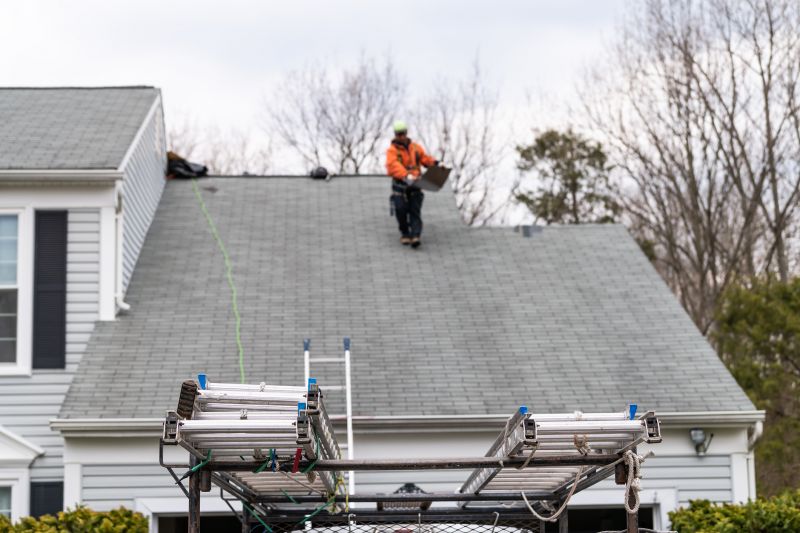
Simple add-ons that improve Roofing Service without blowing the budget.

High-end options that actually feel worth it for Roofing Service.
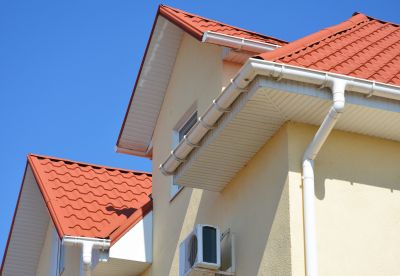
Finishes and colors that play nicely with Roofing Service.

Little measurements that prevent headaches on Roofing Service day.

A 60-second routine that keeps Roofing Service looking new.
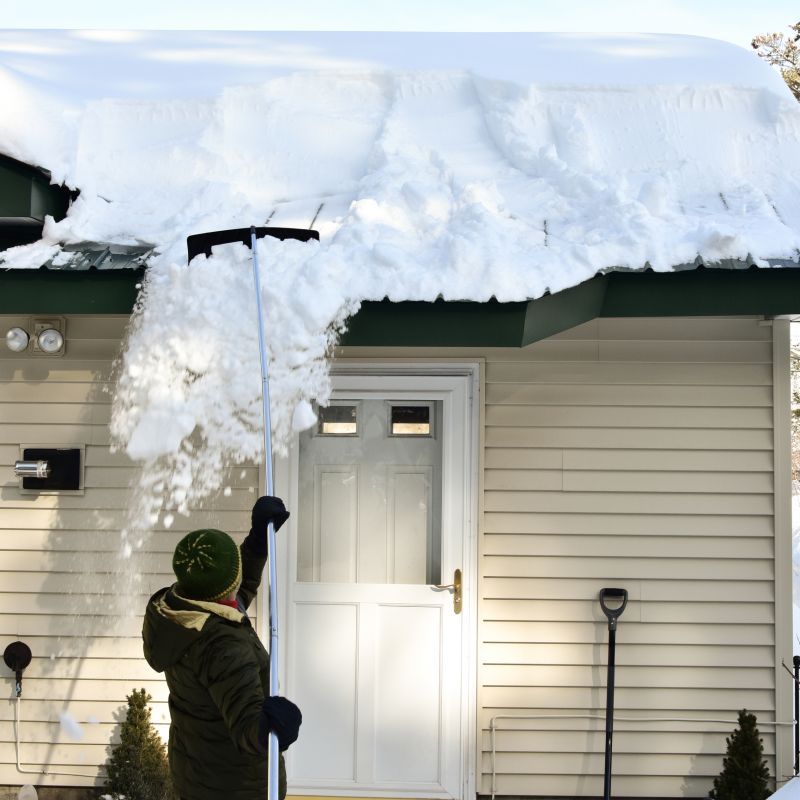
A frequent mistake in Roofing Service and how to dodge it.
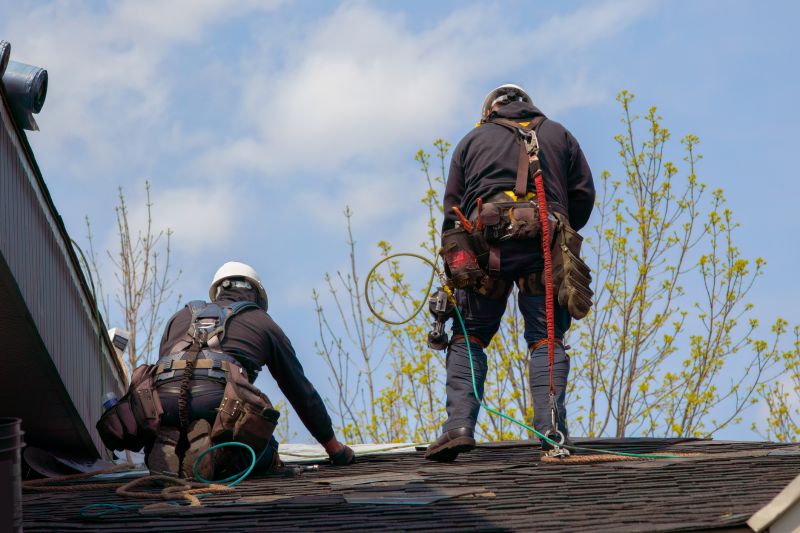
Small tweaks to make Roofing Service safer and easier to use.
| Season | Optimal Conditions |
|---|---|
| Spring | Moderate temperatures, low precipitation, longer days |
| Summer | Warm and dry, but watch for high heat |
| Fall | Cool temperatures, low rainfall, ideal for scheduling |
| Winter | Cold temperatures, snow, and ice can delay work |
Roofing service encompasses a variety of tasks including repairs, replacements, and inspections. Proper timing ensures materials perform optimally and work is completed efficiently. Weather conditions significantly influence project quality, safety, and duration. For instance, extreme cold or heat can affect the installation process and material integrity. Additionally, scheduling during favorable seasons reduces the likelihood of weather-related delays and ensures a longer lifespan for the roofing system.
Statistics indicate that roofing projects completed during spring and fall tend to have higher success rates and fewer complications. These periods offer the most stable weather conditions, facilitating safer and more efficient work. Proper planning around seasonal weather patterns can extend the lifespan of a roof and reduce maintenance costs over time.

Lower-waste or water-saving choices for Roofing Service.
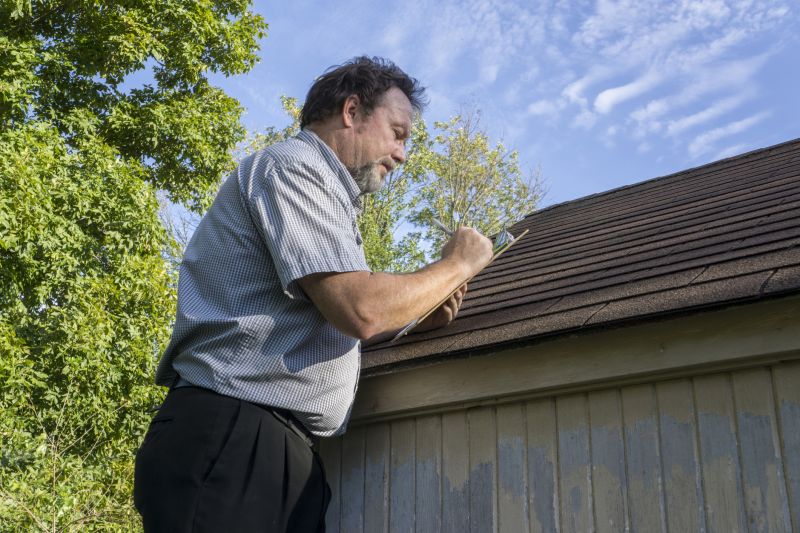
The short, realistic tool list for quality Roofing Service.

Rough timing from prep to clean-up for Roofing Service.

Quick checks and paperwork to keep after Roofing Service.
Interested in scheduling roofing service? Filling out the contact form provides an opportunity to discuss the best timing for specific needs and project requirements. Proper scheduling can ensure the durability and performance of the roofing system, contributing to long-term protection and value.
